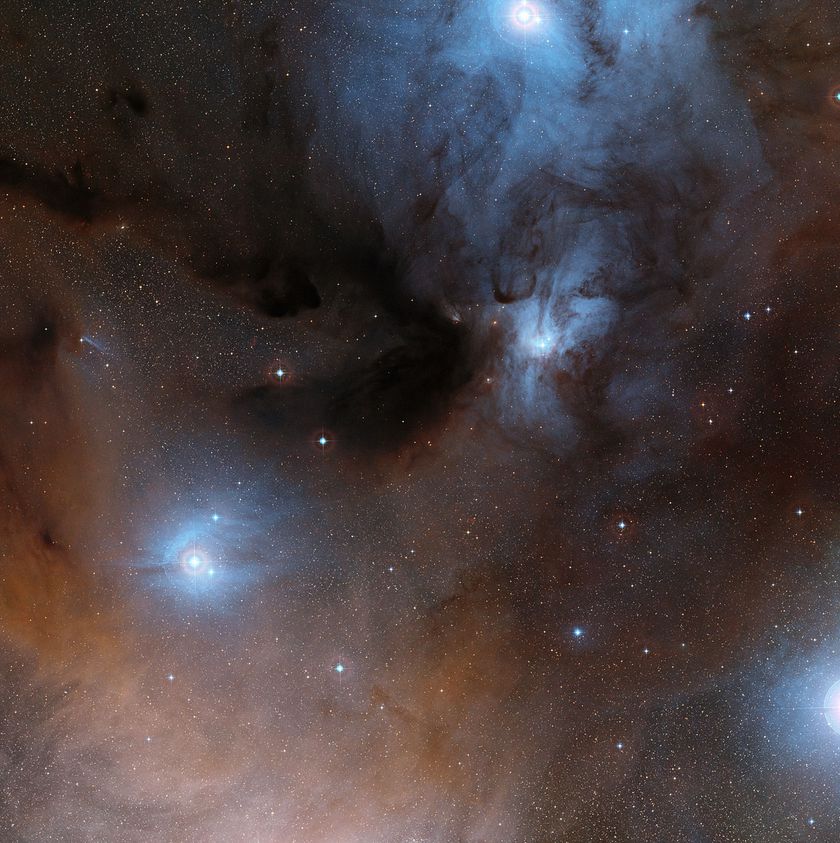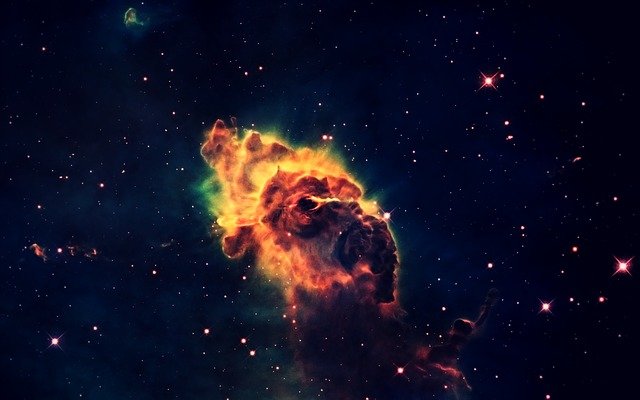A group of astronomers has found evidence a planet formation while its stars are still growing ‘babies’.
Stars emerge when dense clouds of interstellar material collapse under their own gravity, creating spinning gaseous disks that eventually become baby stars or protostars.
New scientific research has detected, for the first time, signs of planet formation around a protostar so young that the cloud of dust and gas is still collapsing and the surrounding disk is still forming.
This is the earliest phase in which such structures have been detected in a protostellar ring.
The young protostar in question is called IRS 63 and is located at 470 light-years distant from our planet in a star-forming region known as Rho Ophiuchi. Here, the dust is thick enough to form the spinning masses that will form stars.

IRS 63 is less than half a million years old and in class I of the star formation process. In other words, the main growth phase has already concluded and it already has most of its final mass. It is one of the brightest protostars in its class.
In addition, IRS 63 has a large disk, which spans about 50 astronomical units, that is, about 50 times the average distance between the Sun and our planet.
The properties of the protostar, added to its proximity to Earth, make it an ideal object for studying the formation of stars and planets.
With the help of ALMA, an astronomical interferometer located in Chile’s Atacama Desert, a team led by astronomer Dominique Segura-Cox of the Max Planck Institute for Extraterrestrial Physics (Germany) took a closer look at IRS 63 and the dust cloud around it.
When observing the rotating disk, the scientists involved in the research found something that surprised them: two dark concentric holes around the protostar.
Although they consider various hypotheses that would explain what was observed, astronomers believe that it is a sign of the formation of planets. If the assumption is correct, it would prove that planets arise much earlier than scientists believed.
This researched was published on Nature and detailed by ScienceAlert.
